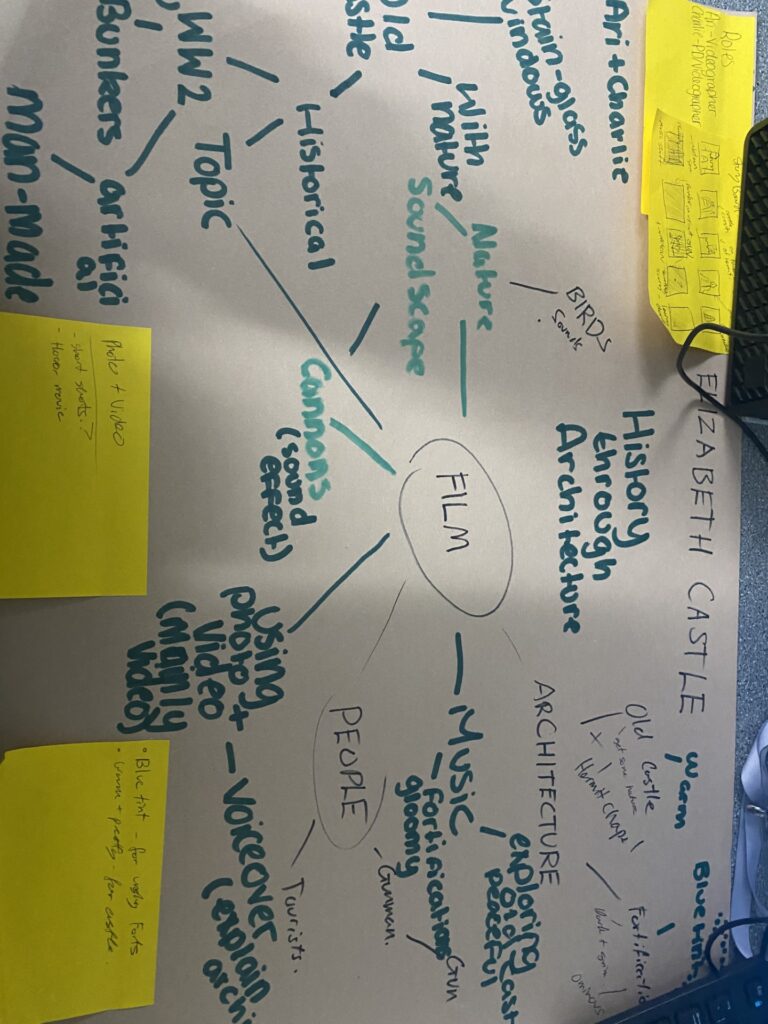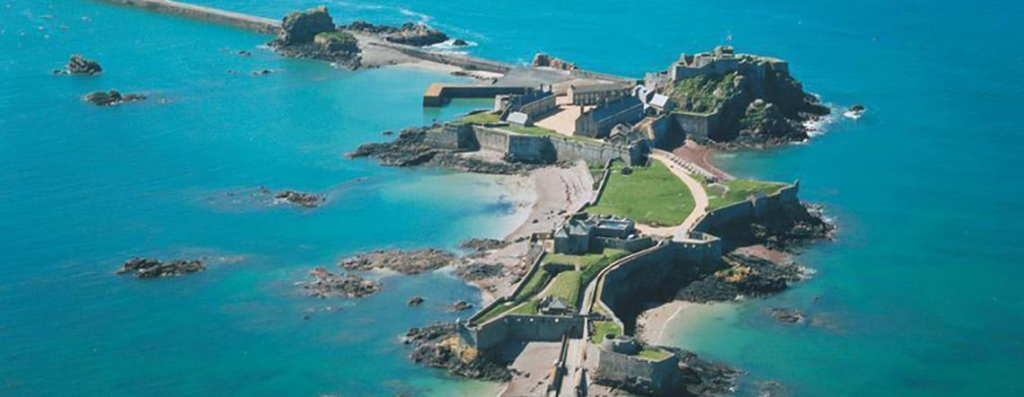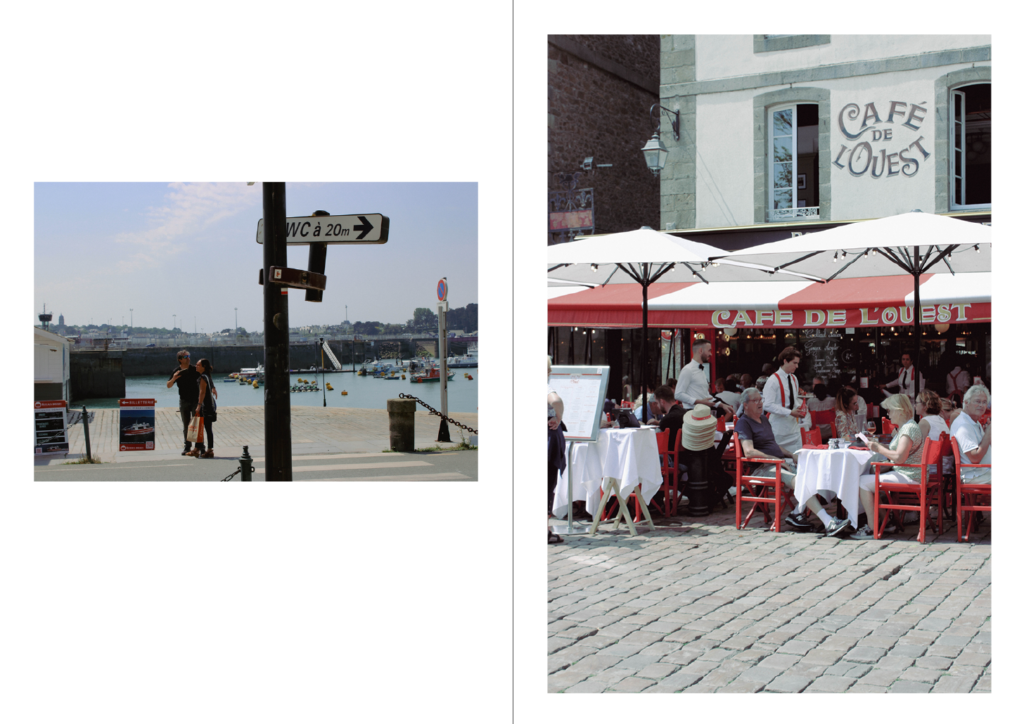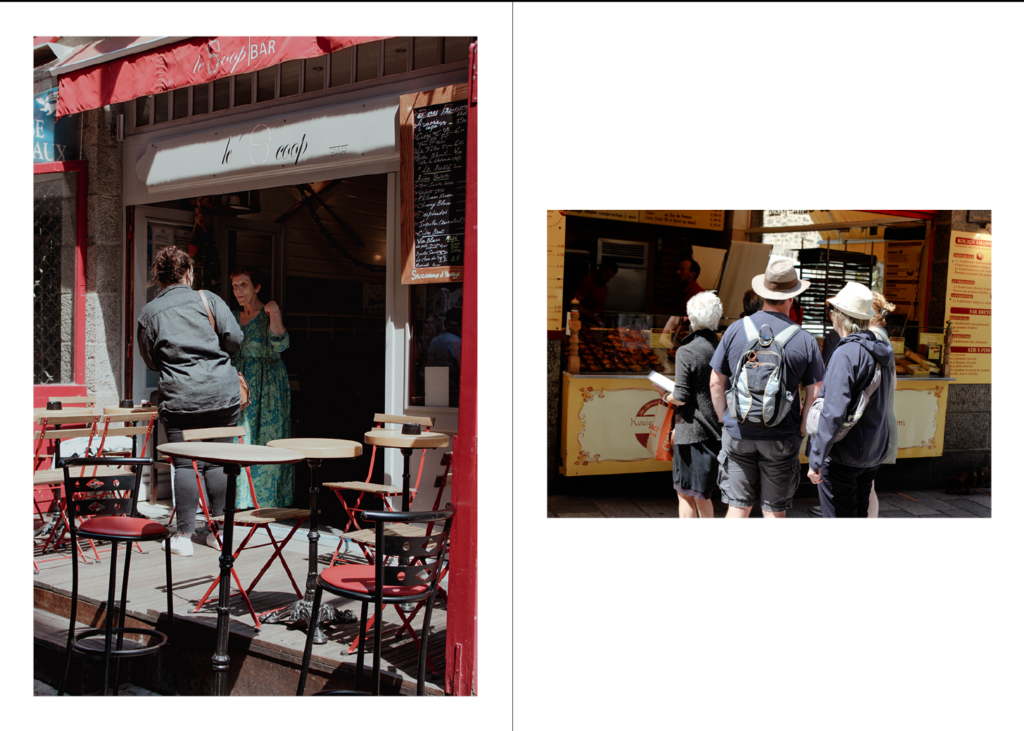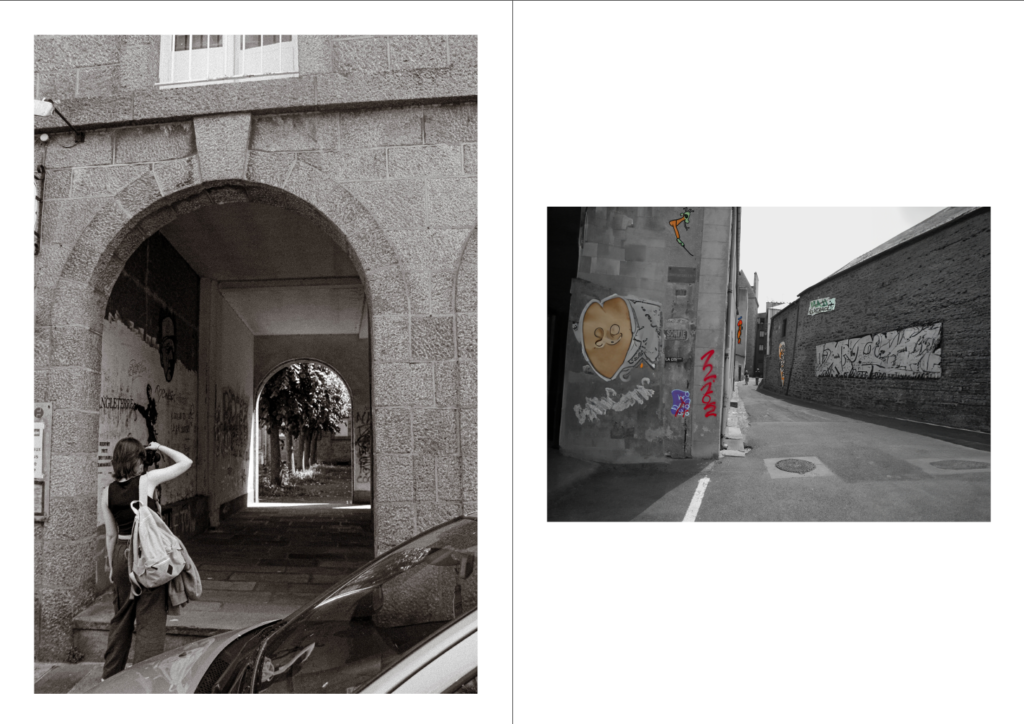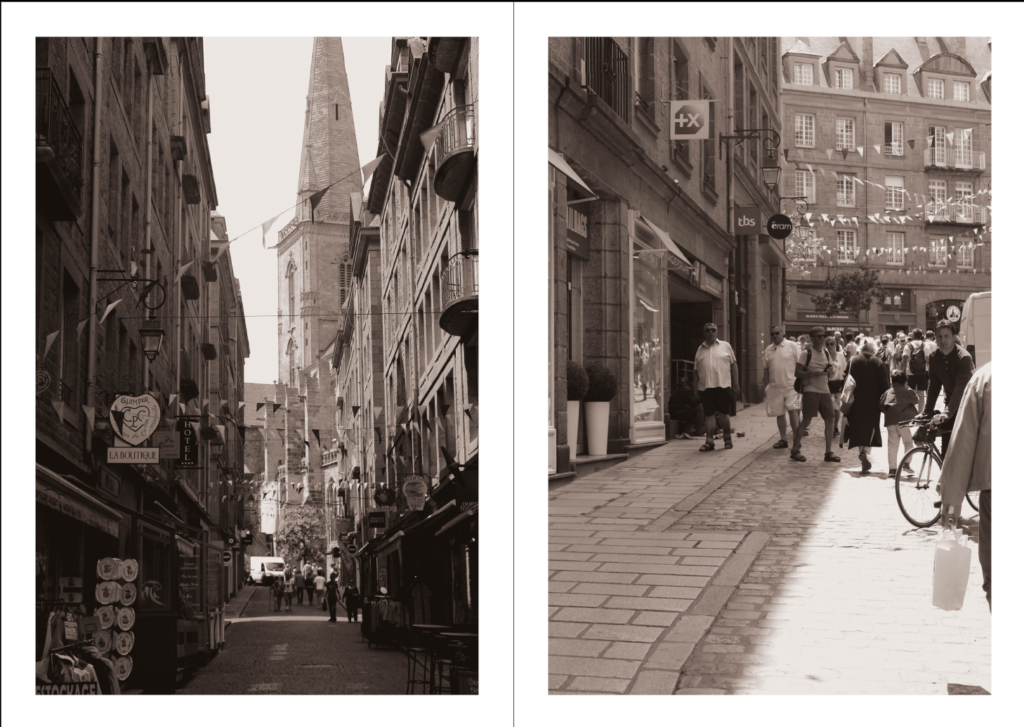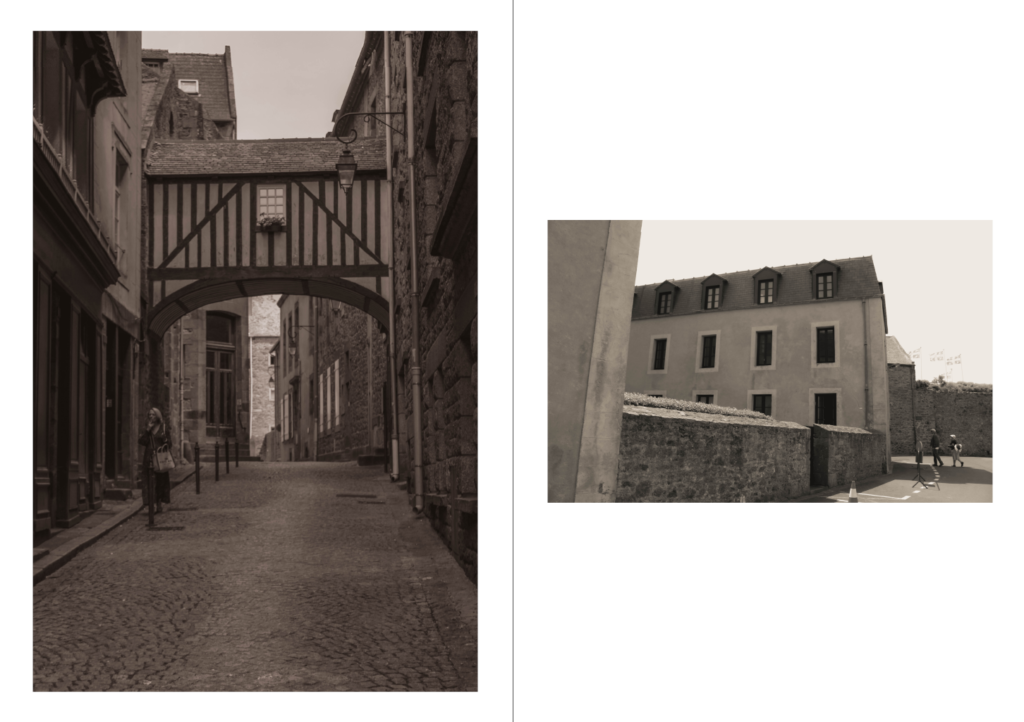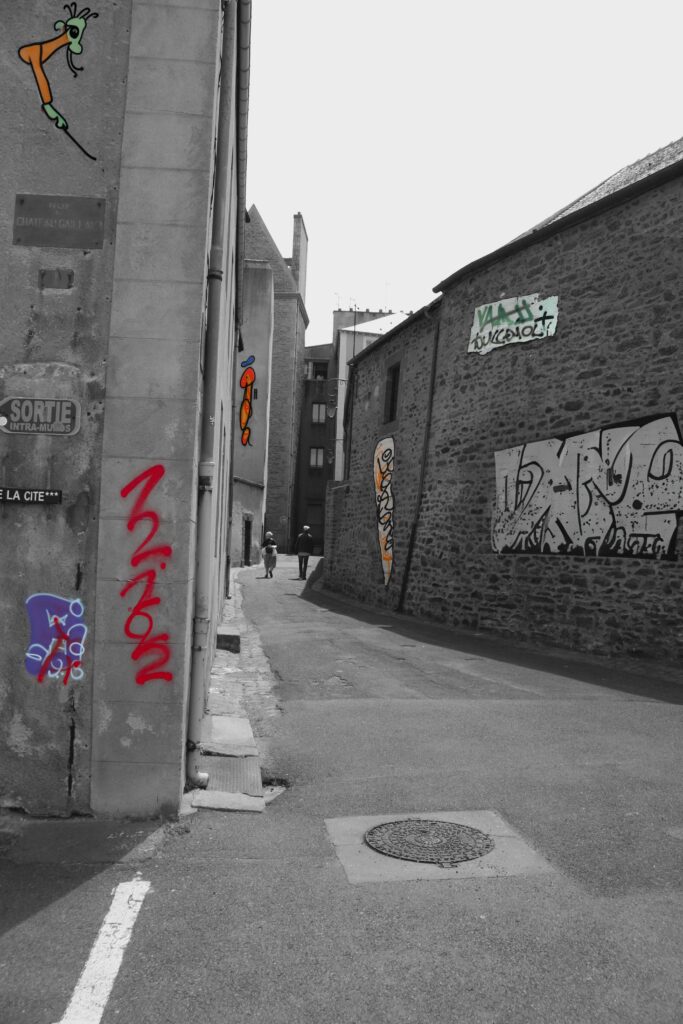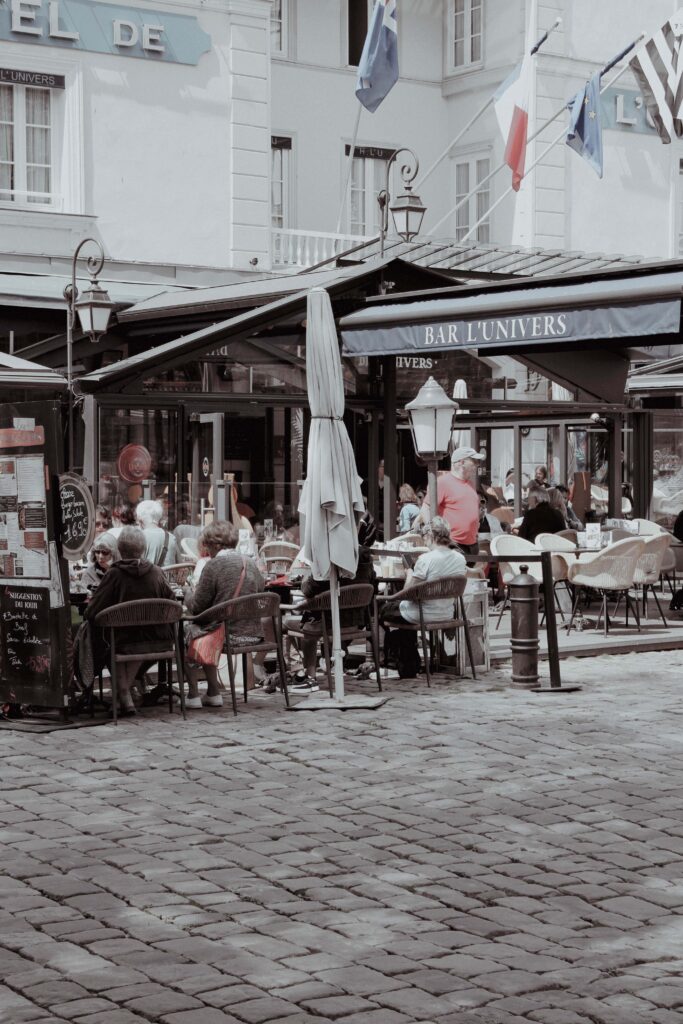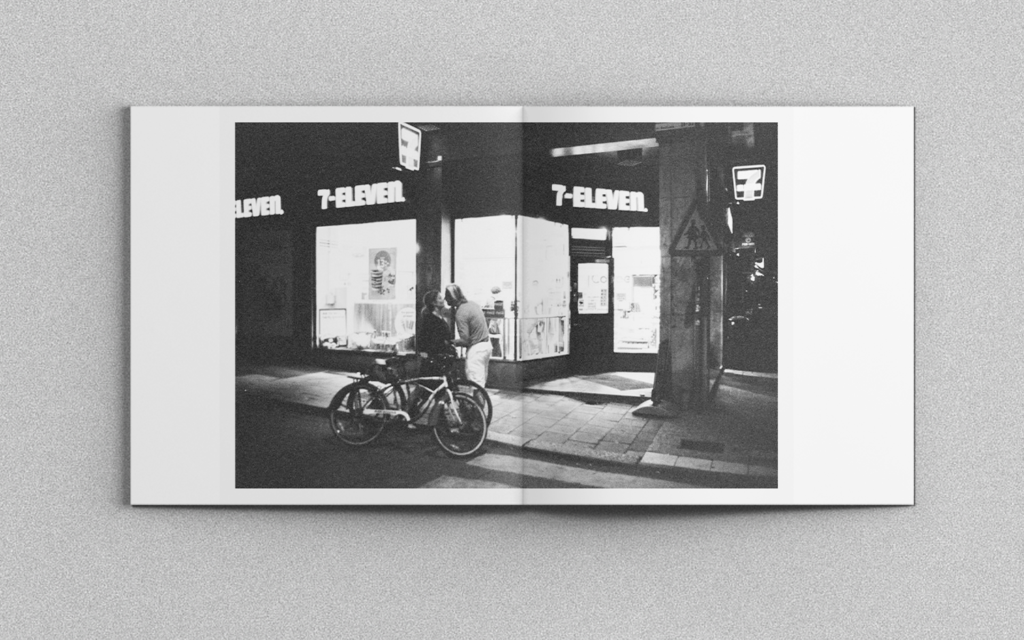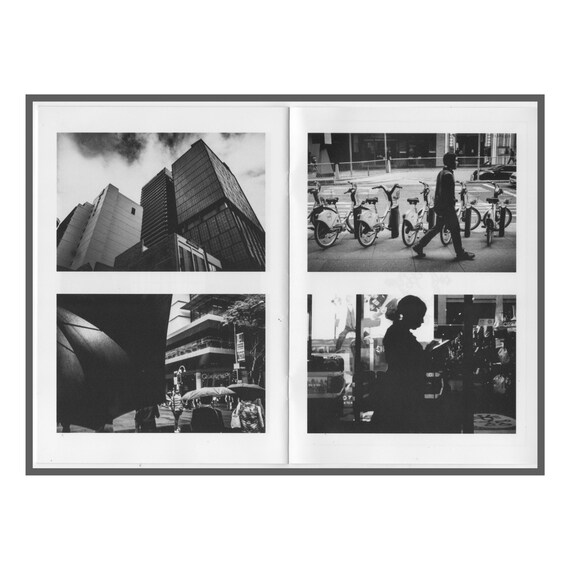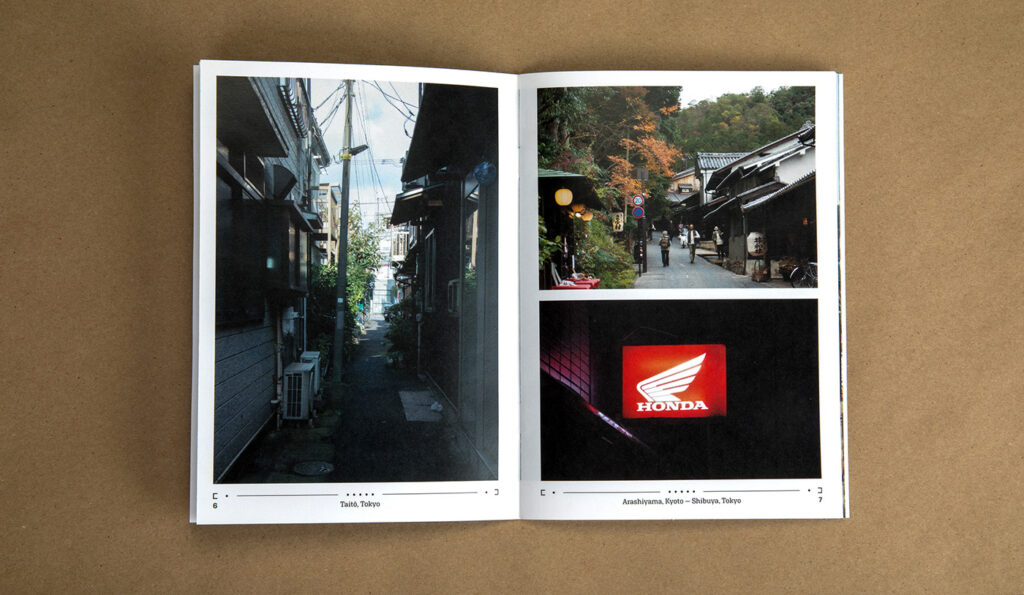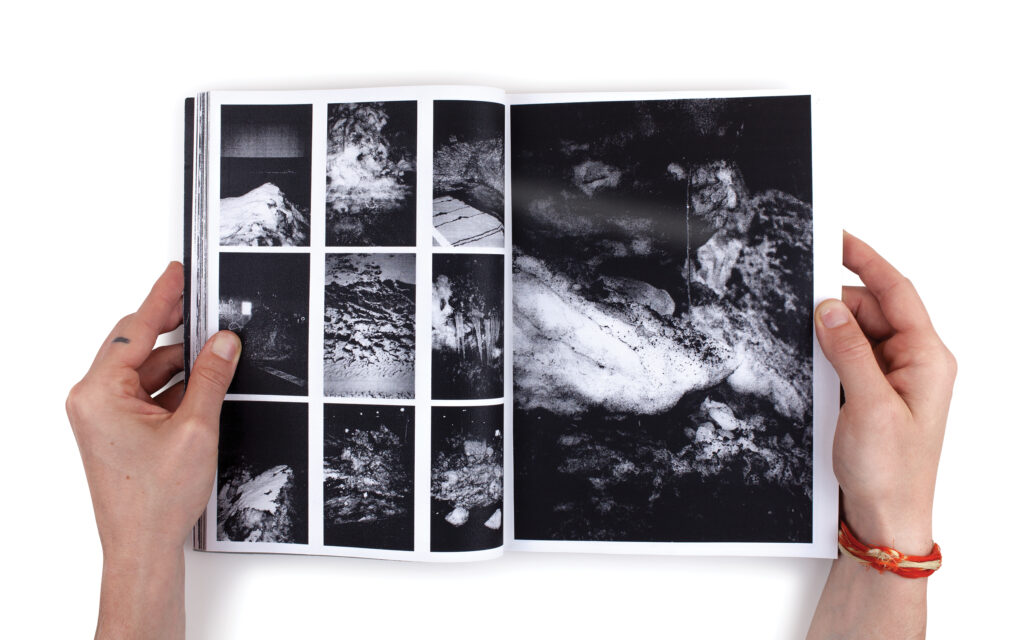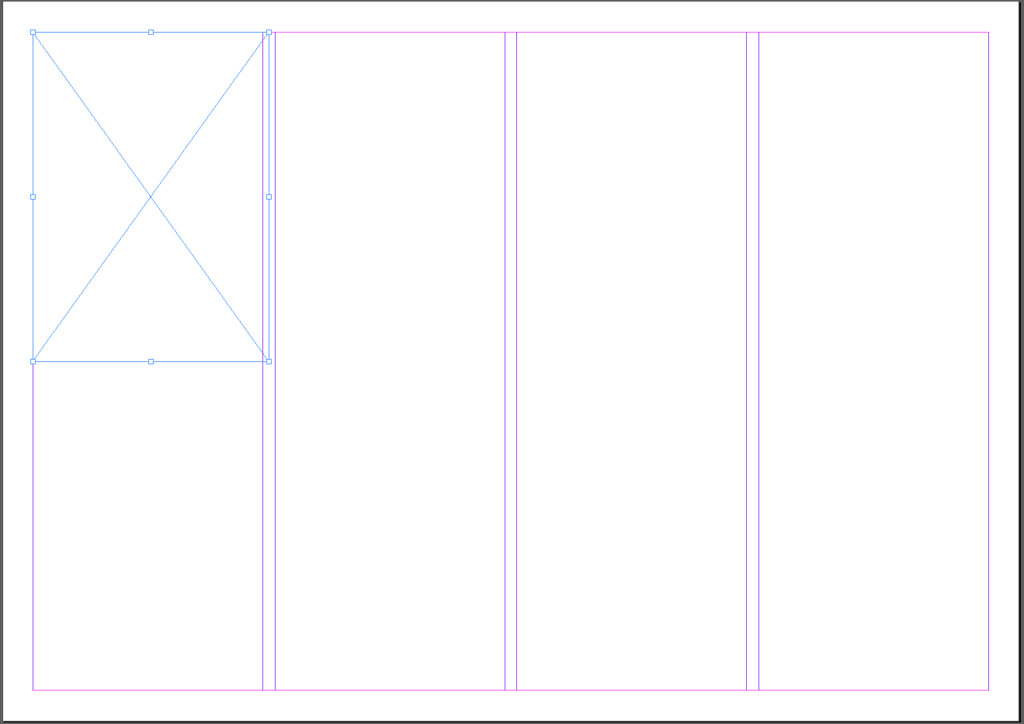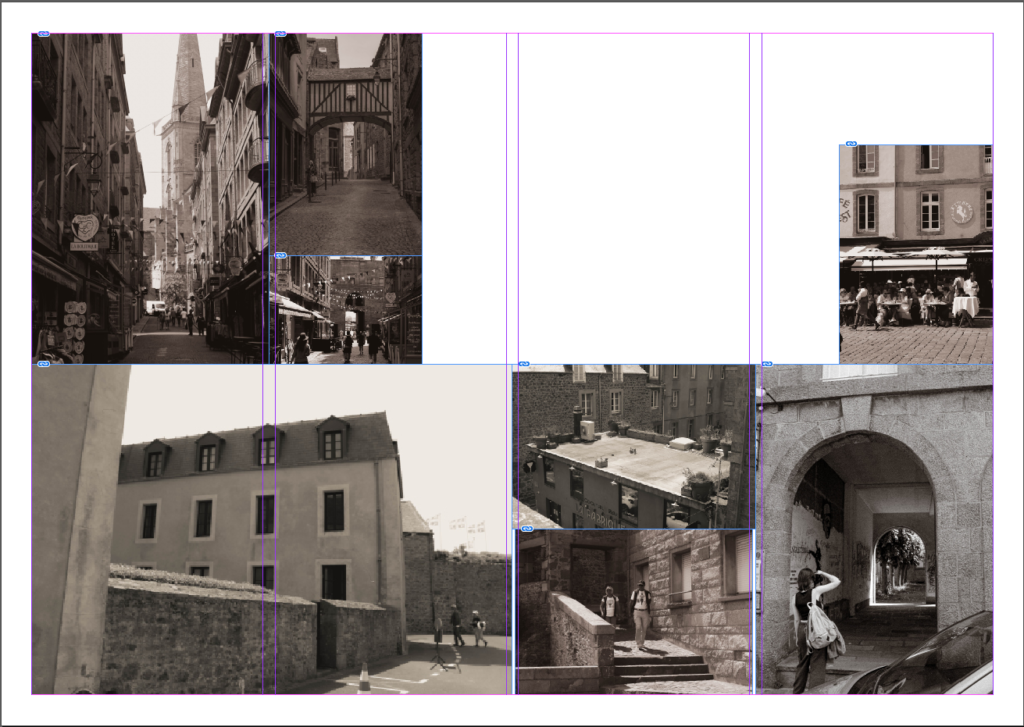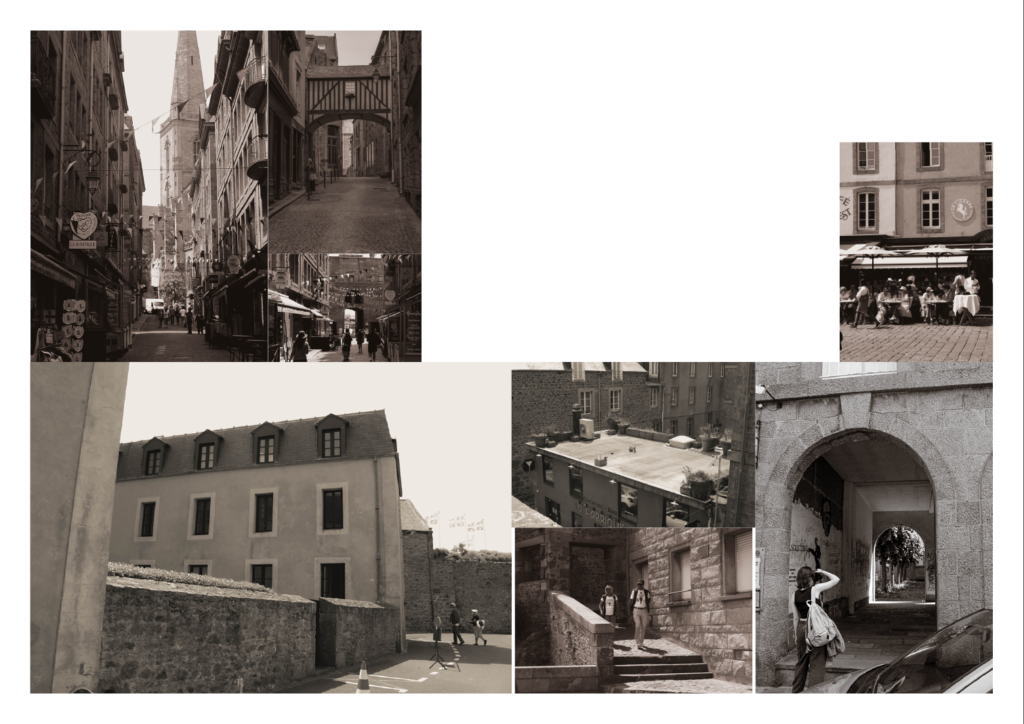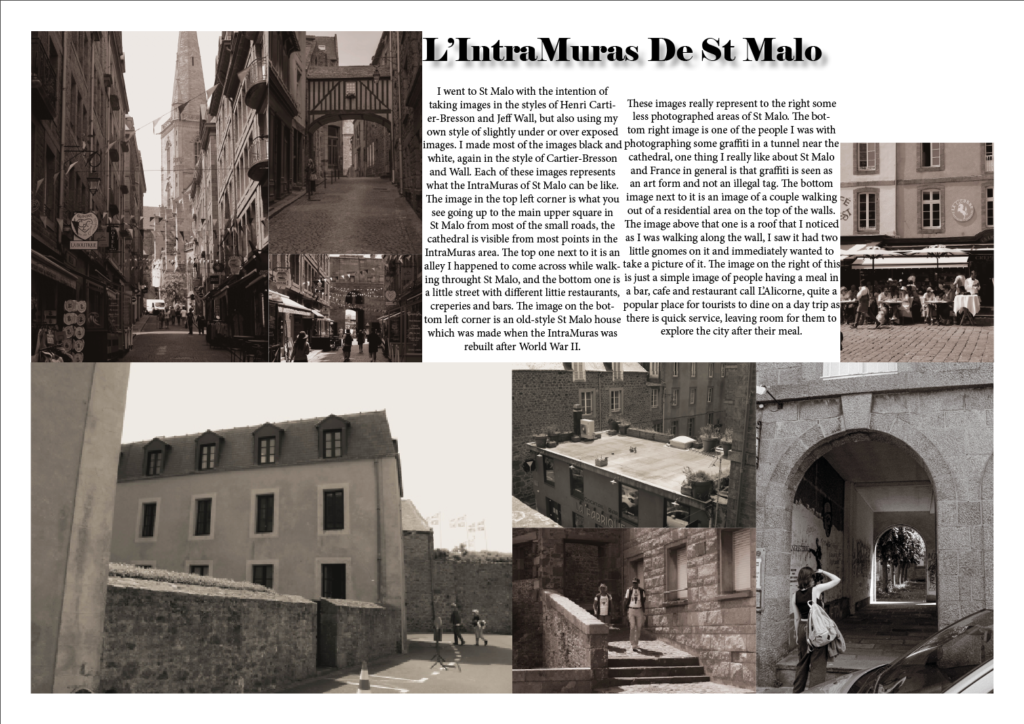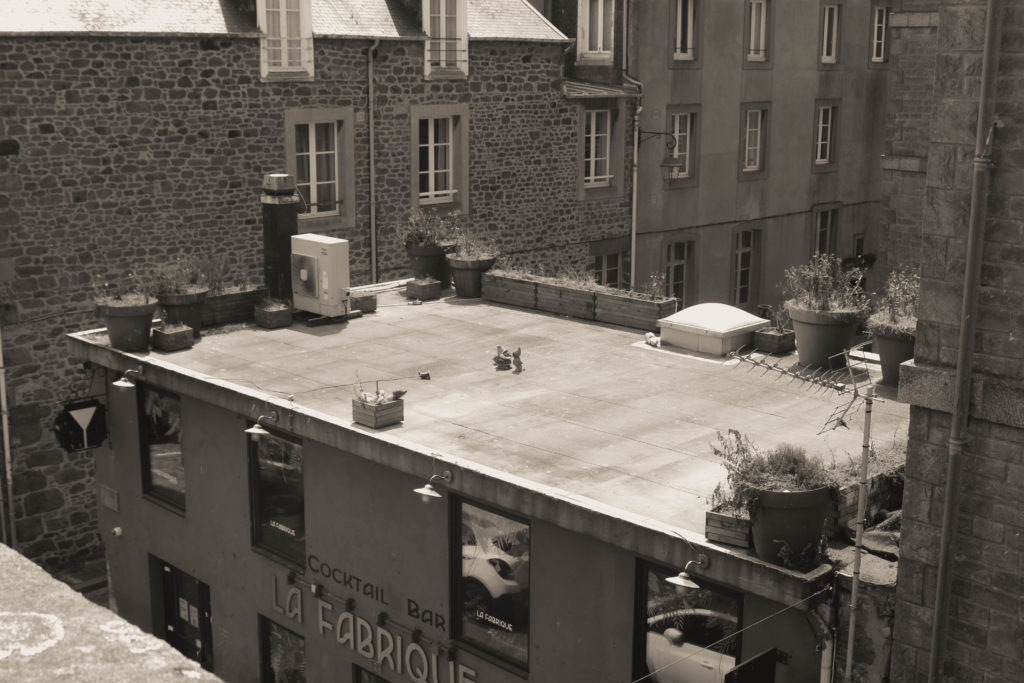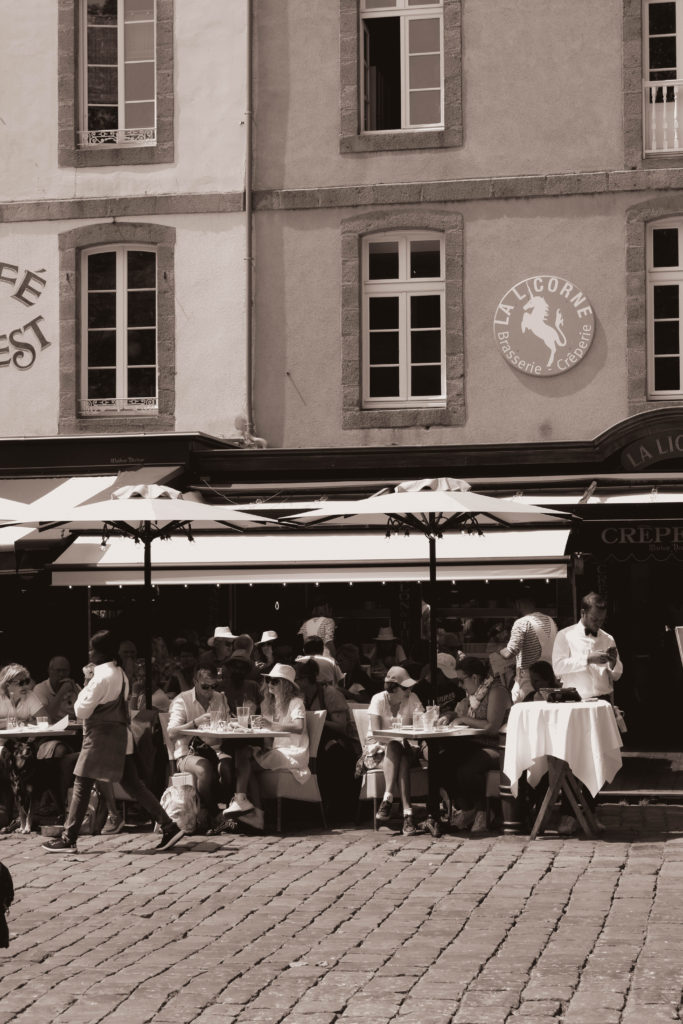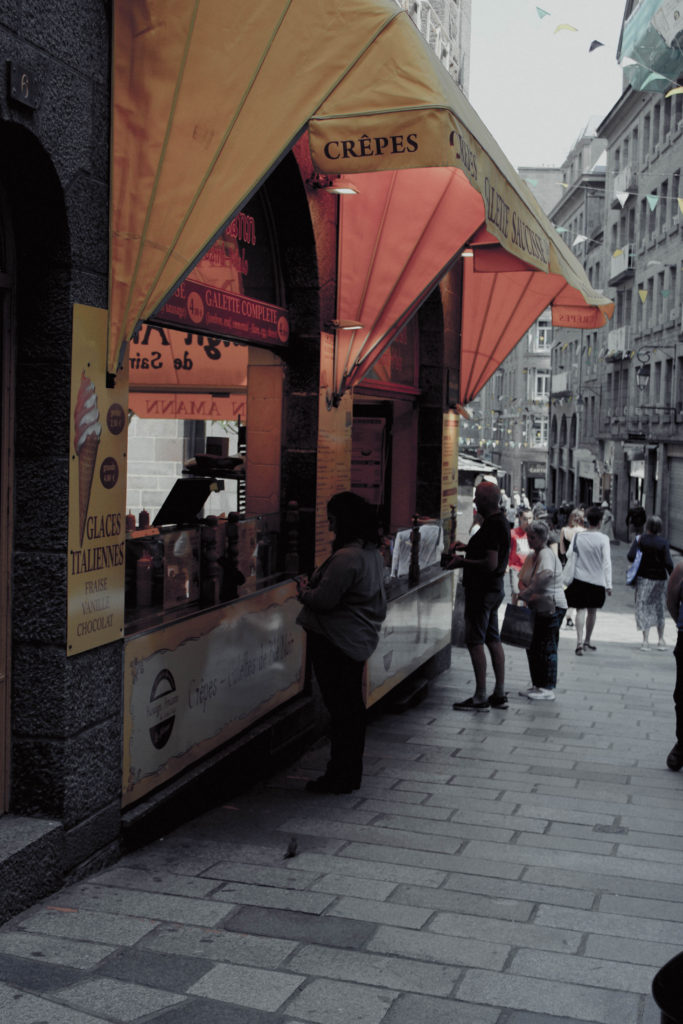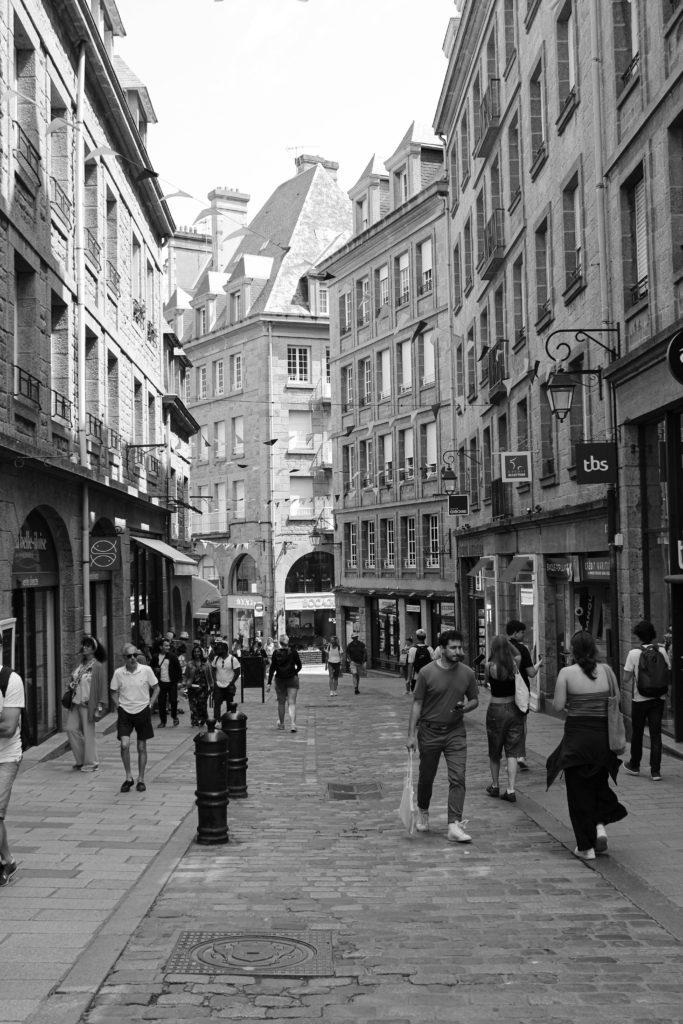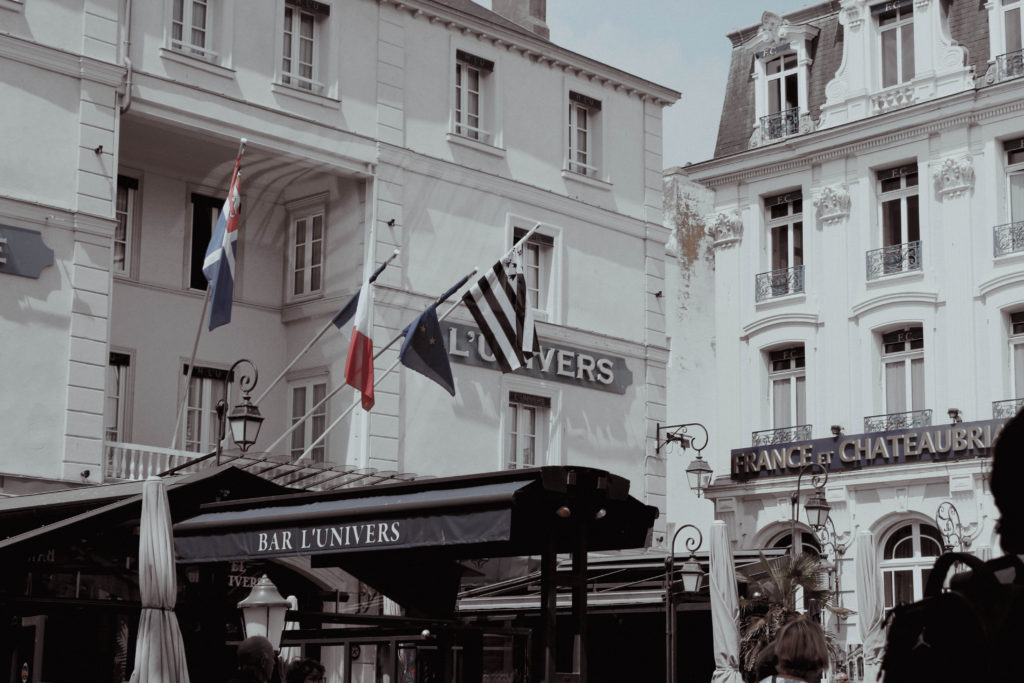The latest exhibition by Art House Jersey shows the work of multiple artists, and as the put it is an “ambitious exhibition that explores the idea of ‘home’ in the 21st Century”
The exhibition shows the works of multiple artists working in a range of mediums from sculpture to tapestry, painting to film. They believe that it will challenge people’s perceptions of what an art exhibition can be and has been designed to appeal to a broad variety of ages and not just for those with a firmly established interest in art.


“For many it will be a sanctuary, but for some it may have less positive associations. No Place Like Home builds a rich narrative and delves into personal stories, global issues, childhood memories, and speculative worlds as well as the bleak realities of the current housing market. The artists do not shy away from difficult issues, but rather tackle them with inventiveness, pathos, humour and a generosity of spirit. Alongside the gallery works, three installations will be announced in the coming weeks which will take their place in surprising settings around the Island.”
Laura Hudson and Rosalind Davis – Curators of ‘No Place Like Home’


